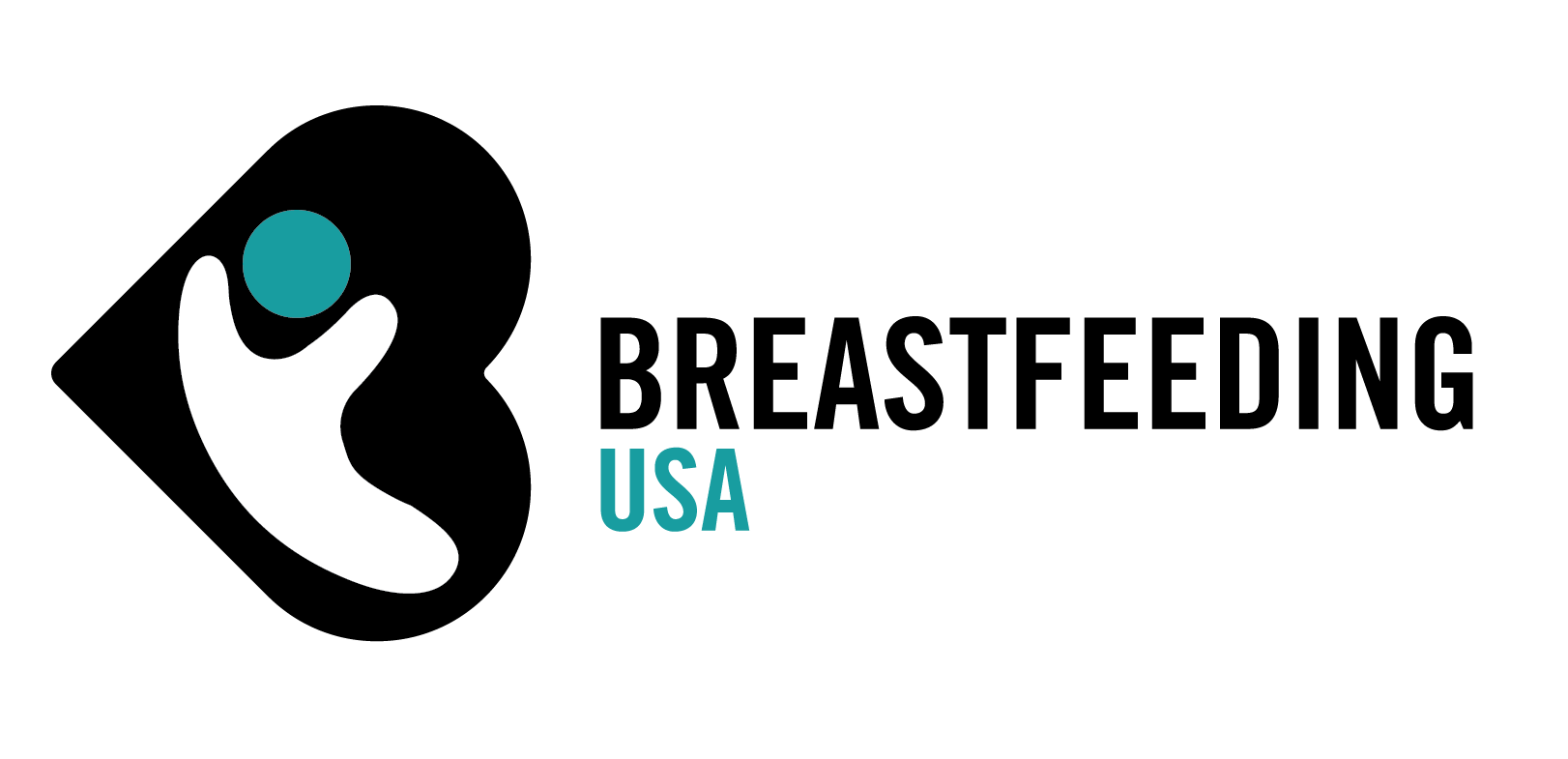By Nancy Mohrbacher, IBCLC, FILCA
Hand expression is a useful skill for any nursing mother. It can relieve breast fullness, stimulate milk production, and provide milk for your baby.
Getting Ready
First wash your hands well. Find a clean collection container with a wide mouth, like a cup. Or, you can express your milk into a spoon and feed it directly to the baby. Whenever possible, plan to express in a private, comfortable place where you can relax. Feeling relaxed enhances milk flow.
Find Your ‘Sweet Spot’
There are many ways to hand-express milk. Whichever technique you use, the most important part is finding your “sweet spot,” the area on your breast where milk flows fastest when your breast is compressed. Try different finger positions until you find it. If the dark area around your nipple (areola) is large, your “sweet spot” may be inside it. If it is small, it may be well outside it. When you find your “sweet spot,” you may want to put a small circle bandage on it to make it easier to find it next time.
Do What Works Best
Always do what feels best and expresses the most milk. The following technique combines recommendations from the World Health Organization with other methods:
- Before expressing, gently massage your breasts with your hands and fingertips or a soft baby brush or warm towel.
- Sit up and lean slightly forward, so gravity helps milk flow.
- To find your “sweet spot,” start with your thumb on top of the breast and fingers below it, both about 1.5 inches (4 cm) from the base of the nipple. Some mothers find it helpful to curl their hand and use just the tips of their fingers and thumb. Several times, apply steady pressure into the breast toward the chest wall. If no milk comes, shift finger and thumb either closer to or farther from the nipple and compress again a few times. Repeat, moving finger and thumb until you feel slightly firmer breast tissue, and gentle pressure yields milk. After you’ve found your “sweet spot,” skip the “finding” phase and start with your fingers on this area.
- Apply steady pressure on areas of milk in the breast by pressing fingers toward the chest wall, not toward the nipple.
- While applying inward pressure on the breast, compress thumb and finger pads together (pushing in, not pulling out toward the nipple). Find a good rhythm of press—compress—relax, like a baby’s suckling rhythm.
- Switch breasts every few minutes (five or six times in total at each expression) while rotating finger position around the breast. After expressing, all areas of the breast should feel soft. This process usually takes about 20 to 30 minutes.
If Needed, Adjust
Hand expression should feel comfortable. If not, you may be compressing too hard, sliding your fingers along the skin, or squeezing the nipple. If you feel discomfort, review the description above, and adjust your technique. It is important to find the method of hand expression that works best for you. This U.S. video shows a similar method of hand expression that works well for some mothers. This Norwegian video shows another simple hand-expression technique. (Disregard its suggestion you place your fingers on the “edge of your areola, as your “sweet spot” may be inside or outside of the areola.) If you need more information about hand expressing your milk, a Breastfeeding Counselor or International Board Certified Lactation Consultant (IBCLC) may be able to help.
Reference
WHO (2009) Infant and young child feeding: Model Chapter for textbooks for medical students and allied health professionals. Geneva, Switzerland: World Health Organization.
Nancy Mohrbacher, IBCLC, FILCA
© Copyright Nancy Mohrbacher. Used with author’s permission.
